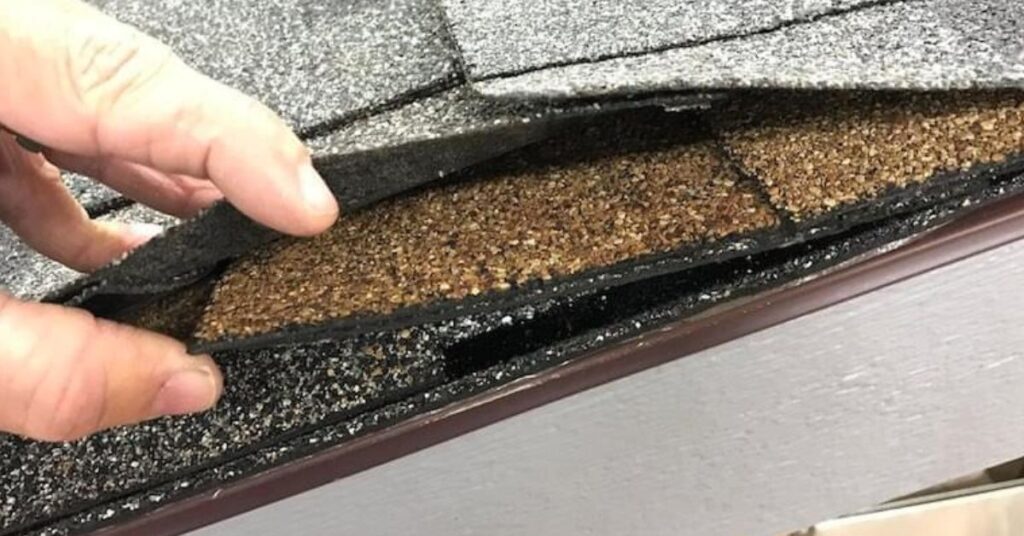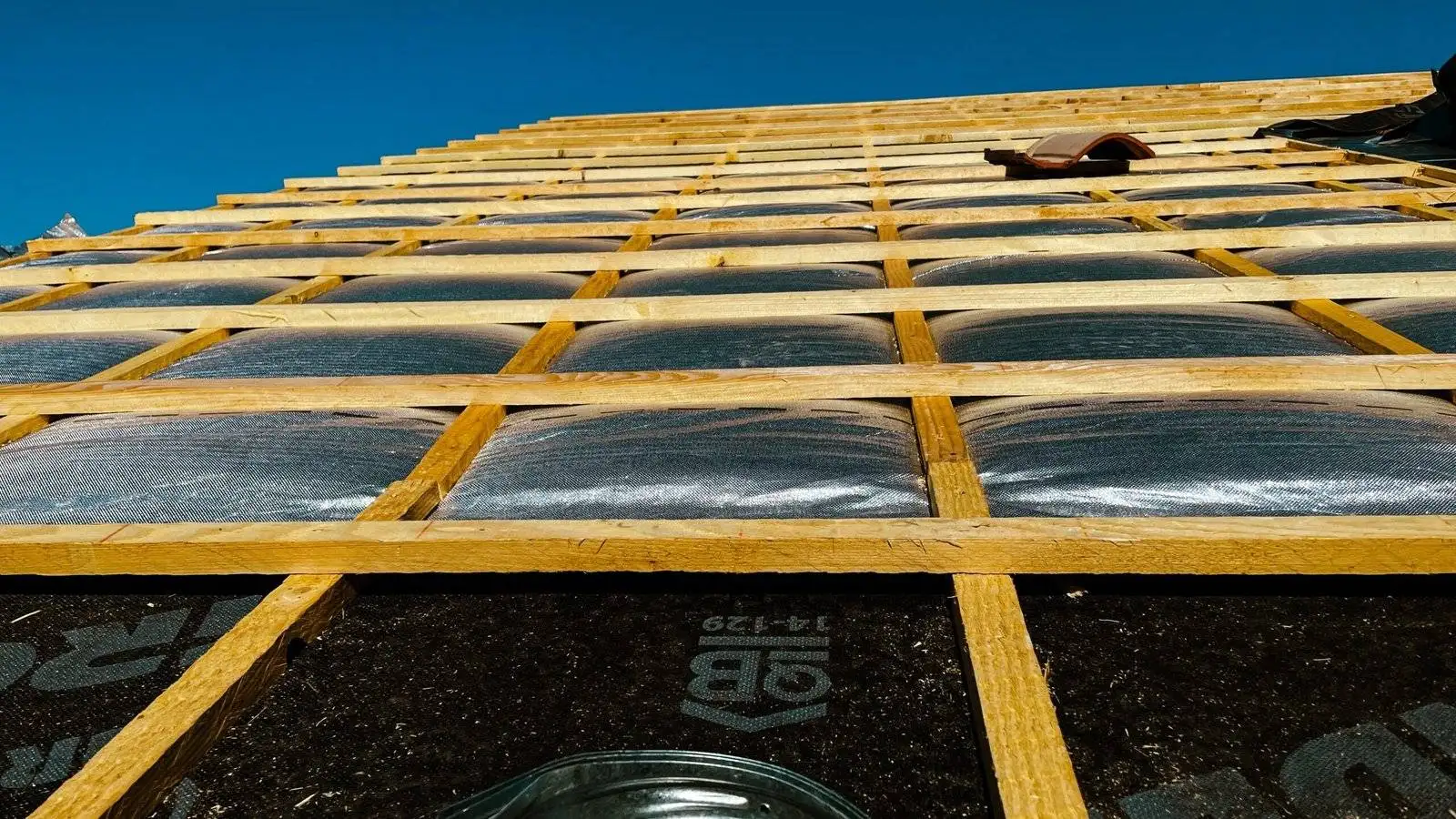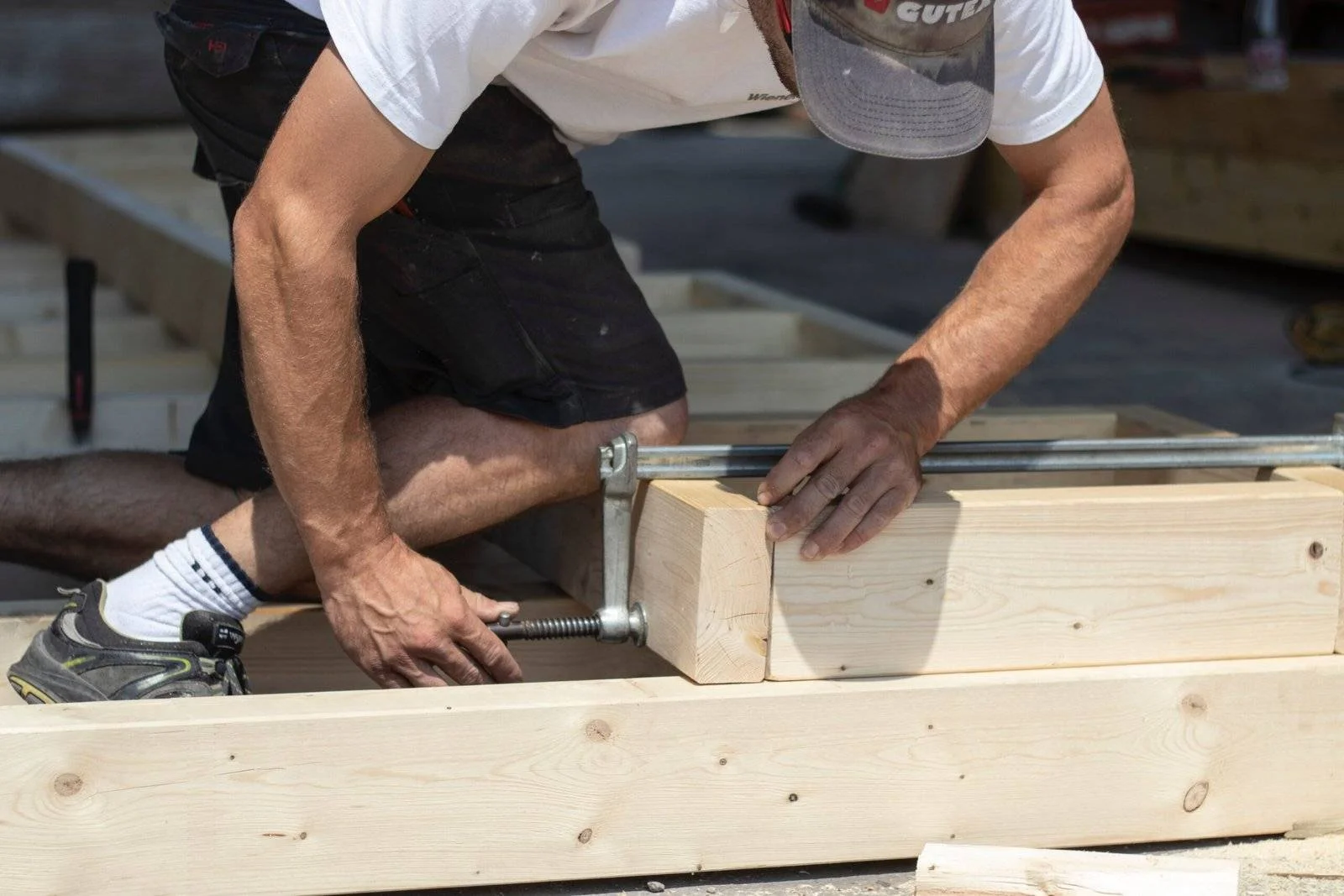When it comes to roofing, one common question homeowners face is how many layers of shingles they can have on their roof. Understanding the limitations and implications of multiple roofing layers is crucial for maintaining the integrity and longevity of your home. In this blog, we will explore the regulations, benefits, and potential drawbacks of having multiple layers of roofing, as well as provide insights on when it might be time for a complete roof replacement.
How Many Layers of Roof Can You Have?
In most areas, building codes allow for up to two layers of asphalt shingles on a roof. This means you can have one additional layer of shingles installed over an existing layer, making it a total of two layers. However, this is contingent on the condition of the existing roof and the structural integrity of your home.
Factors to Consider
- Building Codes and Regulations: Always check your local building codes before adding a second layer of shingles. Some regions may have stricter regulations or specific conditions that must be met.
- Weight Limitations: The additional layer of shingles adds extra weight to the roof. The roof structure must be able to support this additional weight without compromising its integrity. If your roof deck or structure is already weak or damaged, adding another layer may not be advisable.
- Condition of Existing Shingles: The existing layer of shingles must be in good condition. If the shingles are severely damaged, curled, or have significant granule loss, adding another layer will not solve the underlying issues and could lead to further problems down the line.
- Inspection and Maintenance: With two layers, it can be more challenging to inspect and maintain the roof properly. Any hidden issues in the bottom layer may go unnoticed, potentially leading to more significant problems in the future.
Building Codes and Regulations
Before considering adding another layer of shingles, it is essential to check your local building codes and regulations. Most building codes in the United States allow for up to two layers of asphalt shingles. However, this can vary depending on your location and the specific guidelines set by your local building authority. Always ensure you comply with these regulations to avoid any legal issues or complications when selling your home.
Benefits of Multiple Roofing Layers
- Cost Savings: One of the primary advantages of adding a second layer of shingles is the cost savings. Installing a new roof can be expensive, but adding a layer on top of the existing shingles is often more affordable. This approach reduces labor costs and the expenses associated with tearing off and disposing of the old roofing material.
- Time Efficiency: Adding a new layer of shingles is generally faster than a complete roof replacement. If you are looking for a quicker solution to address roof damage or wear, this option can save you time and reduce the inconvenience of prolonged construction work.
- Extra Protection: A second layer of shingles can provide additional protection against the elements. It can act as a backup if the first layer is damaged, offering an extra barrier against leaks and water penetration.
Drawbacks of Multiple Roofing Layers
- Increased Weight: Each additional layer of shingles adds significant weight to your roof. Most roofing structures are designed to support a specific load, and exceeding this limit can compromise the structural integrity of your home. This added weight can put stress on the roof deck, leading to potential sagging or even collapse in extreme cases.
- Reduced Lifespan: While adding a second layer may seem like a cost-effective solution, it can reduce the overall lifespan of your roof. The heat absorbed by the additional layer can accelerate the aging process of the underlying shingles, causing them to deteriorate faster.
- Limited Inspection and Maintenance: With multiple layers, it becomes challenging to inspect and maintain the roof properly. Hidden issues such as leaks, rot, or damage to the roof deck may go unnoticed until they become severe problems. Regular inspections and maintenance are crucial for extending the life of your roof, and multiple layers can hinder this process.
Read More: Does Homeowners Insurance Cover Plumbing Repairs?
Conclusion
Understanding how many layers of roof you can have and the implications of adding multiple layers is essential for making informed decisions about your home’s roofing needs. While adding a second layer of shingles can offer cost savings and extra protection, it also comes with drawbacks such as increased weight and reduced lifespan. Always check local building codes and consult with a professional roofer to determine the best course of action for your specific situation. In many cases, a complete roof replacement may be the most effective solution for ensuring the longevity and integrity of your home.


